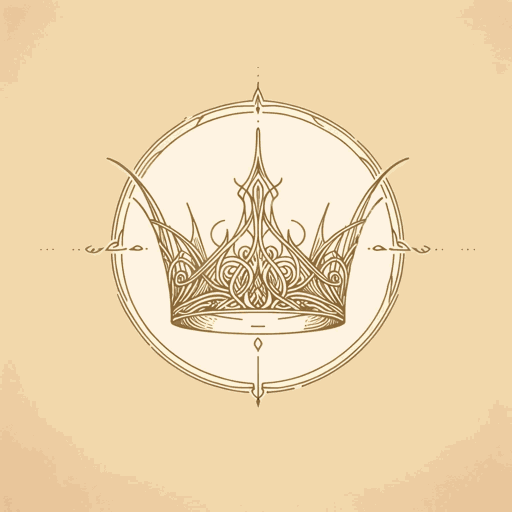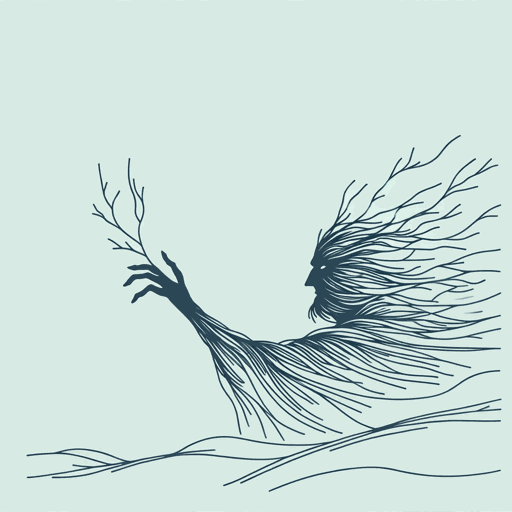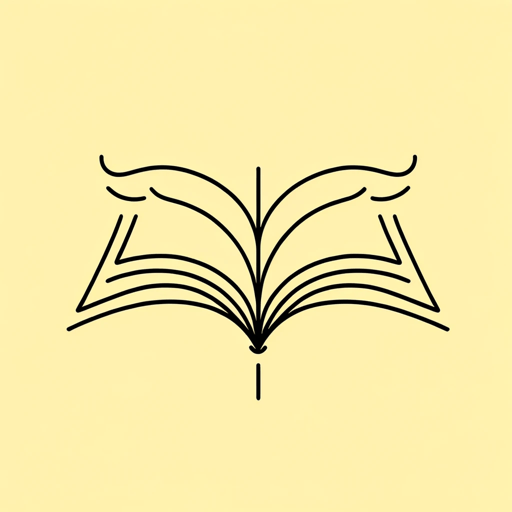31 pages • 1 hour read
J. R. R. TolkienOn Fairy-Stories
Nonfiction | Essay / Speech | Adult | Published in 1939A modern alternative to SparkNotes and CliffsNotes, SuperSummary offers high-quality Study Guides with detailed chapter summaries and analysis of major themes, characters, and more.
Summary and Study Guide
Summary: “On Fairy-stories”
The essay “On Fairy-stories” was originally delivered as the Andrew Lang Lecture at St. Andrews University by J. R. R. Tolkien in 1939. Andrew Lang (1844-1912) was a celebrated academic folklorist and graduate of St. Andrews. The lecture was first expanded and published in Essays Presented to Charles Williams in 1947 and has been reprinted many times: in Tree and Leaf in 1964, The Tolkien Reader in 1966, Poems and Stories in 1980, The Monsters and the Critics, and Other Essays in 1983, and most recently reprinted as its own volume in 2008.
This study guide references the version published in The Monsters and the Critics, and Other Essays in 1983 and citations refer to page numbers in that edition.
J. R. R. Tolkien (1892-1973) was Professor of English and Philology (the study of the history of language) at Oxford University for over 25 years. He is now best known as an author, especially for his children’s book, The Hobbit, and novel series, The Lord of the Rings, which Tolkien considered “fairy-stories,” and which are now widely seen as canonical works of the modern “fantasy” genre. The lecture “On Fairy-stories,” delivered just two years after the publication of The Hobbit, acts as Tolkien’s defense of the “fairy-story” genre and develops themes of the Relationship Between Myth, History, Folklore, and Fairy-story; The Value and Function of Fantasy; Humans as Sub-creator; and Children and Fairy-story. The essay is key to the understanding of Tolkien’s creative works and his authorial intentions, as he lays out his own approach to the “fairy-story” genre and its place in literature.
Tolkien begins by noting that he is not an academic specialist in fairy stories but has read them widely. He then lays out the organizing questions for the essay, posed as rhetorical questions to the audience: “What are fairy-stories? What is their origin? What is the use of them?” (109). Tolkien rejects the notion that such stories necessarily involve fairies, arguing that many stories that do (e.g., A Midsummer Night’s Dream) fail to meet the criteria for fairy stories as he understands them. In fact, he suggests that the entire conception of fairies as small, comical creatures has become divorced from what concerns him here: the idea of “Faërie,” which is connected to wonder, magic, and the satisfaction of particular human desires to connect with other creatures or times. This definition also rules out several stories commonly referred to as “fairy tales,” including fantastical traveler’s tales like Gulliver’s Travels and “beast-fables” in which animals think and talk amongst themselves but do not interact with humans.
Next, Tolkien turns to the question of fairy stories’ origins, which he describes as entangled with the history of language itself. Tolkien suggests that folklorists and anthropologists tend to treat stories not as stories but as historical evidence; they gloss over variations between stories to look for common patterns, search for references to real events, or reduce stories (e.g., myths) to allegories of natural phenomena or justifications of cultural norms and taboos. Tolkien supports these inquiries but argues for a new approach to be added: the consideration that enduring stories manifest human fantasies. Tolkien associates this imaginative element with what he calls humans’ propensity for “sub-creation.” He therefore warns against treating the creative details of stories as unimportant. Myths about deities, for example, only gain their interest as humans endow those deities with humanlike qualities (e.g., Odin’s temper).
Tolkien next turns towards the use of fairy stories, challenging the idea that fairy stories are naturally more suited for children. He considers that adults have relegated fairy stories to children because adults no longer take such stories seriously in the modern world. He notes that this often rests on the assumption that children are more gullible: Tolkien rejects the argument of Andrew Lang (the academic commemorated by the lecture series), who believed that because fairy stories are fantastical, children, who know less about the “real” world, must be the target audience. Tolkien argues that the purpose of fairy stories is not to trick readers into believing that they’re true; rather, they are successful when the author inspires what he calls “literary belief” or “secondary belief” by creating a world that is consistent to its own laws of reality, which a reader can inhabit while engaging with the text. Tolkien prefers this to the term “suspension of disbelief,” which, as a negative term, implies that the reader must ignore of the marks of fantasy. Tolkien also challenges the idea that children’s tastes differ dramatically from those of adults, citing his own childhood preferences as evidence. A child who likes fairy stories will probably enjoy them even more as an adult, being better able to appreciate their nuances; likewise, a good fairy story is one that adults can appreciate as well.
Tolkien describes fairy tales as satisfying at least four human needs: for fantasy, recovery, escape, and consolation. He outlines his definition of these elements in turn.
Tolkien defines “fantasy” as a combination of imagination and the ability to convey what one imagines to others. Tolkien argues that, contrary to what some critics claim, fantasy’s aim isn’t to deceive but to draw others as fully as possible into a secondary world. Successful fantasy therefore relies on reason—i.e., the reader’s ability to perceive the cohesiveness of the secondary world. Tolkien, a practicing Christian, suggests that humans have an innate impulse towards fantasy because it is an act of creation and humans are themselves created (i.e., by God), in the image of their creator.
To illustrate “recovery,” Tolkien refers to the concept of “Mooreeffoc”—a Dickensian term that describes how the strangeness of things which we usually accept can become evident when seen from a new perspective. In fantasy, he argues, this effect is further reaching. Although fairy stories may inevitably reuse familiar patterns, tropes, and elements, they nevertheless help the reader see the primary (real) world from a fresh perspective.
Turning to “escape,” Tolkien critiques the common characterization of “escapist” literature as cowardly. He argues that this characterization presupposes that literature should represent the world as it “really” is, while conflating what is “real” with what is “current.” Tolkien suggests that many of the technological elements of modern life are not “real” in the sense of meaningful or significant; it is understandable and even commendable to seek out literature that does not involve these elements. Noting, however, that fairy stories far predate modern technology, Tolkien argues that they also provide an imaginative escape from various facets of the human condition—most significantly, death. This function of the “fairy-story” is tied closely to the last, “consolation,” which is the genre’s ability to provide comfort and hope through happy endings, or what Tolkien terms “eucatastrophe” (the opposite of catastrophe). This kind of happy ending, Tolkien argues, hinges on a “sudden and miraculous” change in fortune for the better (153), gesturing towards a supreme state of happiness that exists beyond the human world.
Tolkien concludes that consolation provided by eucatastrophe is ultimately the consolation of the Christian Gospel—which he establishes as the ultimate fairy story, combining real and fantastical elements in order to convey a deeper meaning. In creating fairy stories, Tolkien argues, humans anticipate or echo their redemption by Christ.
Related Titles
By J. R. R. Tolkien

Farmer Giles of Ham
J. R. R. Tolkien

Leaf by Niggle
J. R. R. Tolkien

Return of the King
J. R. R. Tolkien

The Children of Húrin
J. R. R. Tolkien

The Fellowship of the Ring
J. R. R. Tolkien

The Hobbit
J. R. R. Tolkien

The Silmarillion
J. R. R. Tolkien

The Two Towers
J. R. R. Tolkien

